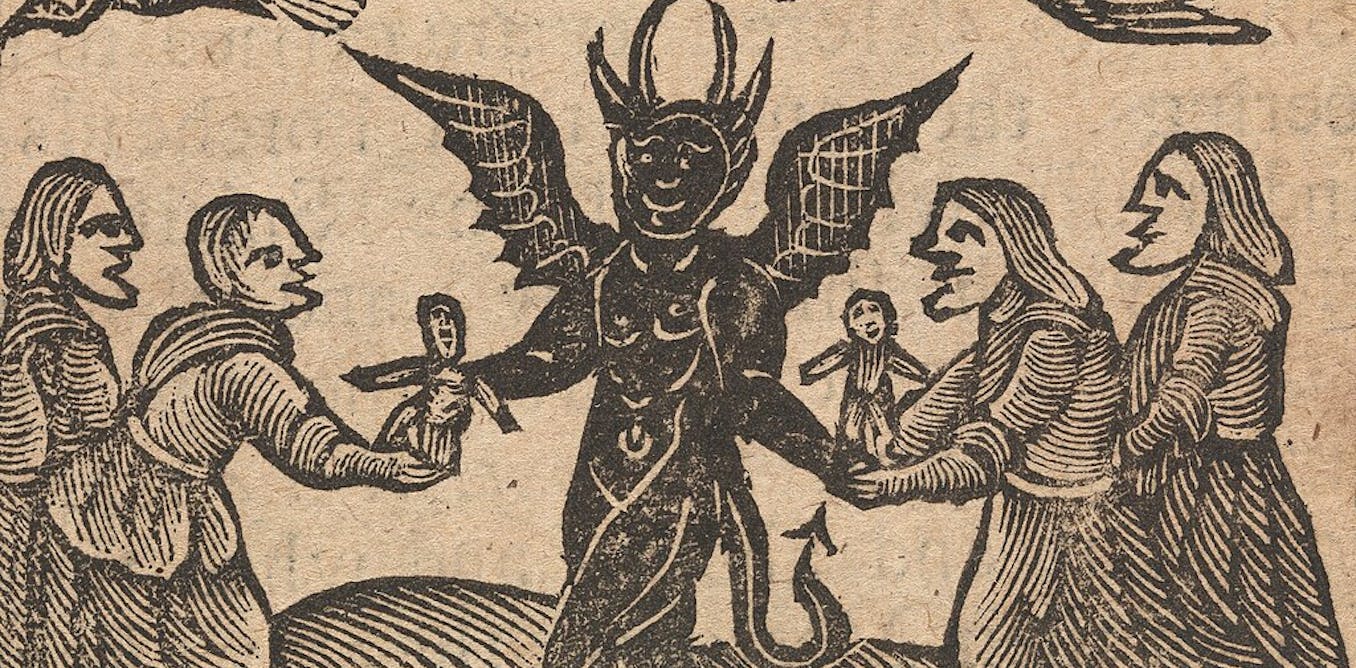
"Between 1400 and 1780, around 100,000 people, predominantly women, faced witchcraft prosecution in Europe, leading to about 50,000 executions driven by complex beliefs."
"The arrival of the printing press in the 15th century enabled the rapid spread of witchcraft accusations through a burgeoning industry of printed guides, influencing mass hysteria."
"The "Malleus Maleficarum,” published in 1486, asserted that women were more prone to witchcraft due to moral weakness, linking it to sexuality and demonic pacts."
"The book had tremendous impact, with multiple editions and translations, becoming a cornerstone in justifying witch hunts, marking a significant shift in public consensus against women."
Between 1400 and 1780, an estimated 100,000 people, mainly women, were prosecuted for witchcraft in Europe, leading to about half that number being executed. The motivations for these killings were tied to beliefs regarding women, truth, evil, and magic. The witch hunts were significantly aided by the printing press, which facilitated the spread of manuals on identifying and punishing witches. A notable publication, the "Malleus Maleficarum," published in 1486, played a critical role in shaping perceptions of witches, particularly portraying women as morally weak and suggesting sexual insatiability as a cause of witchcraft. Its influence helped to popularize and justify the witch hunts that followed, marking a shift in societal attitudes towards women and witchcraft.
Read at The Conversation
Unable to calculate read time
Collection
[
|
...
]